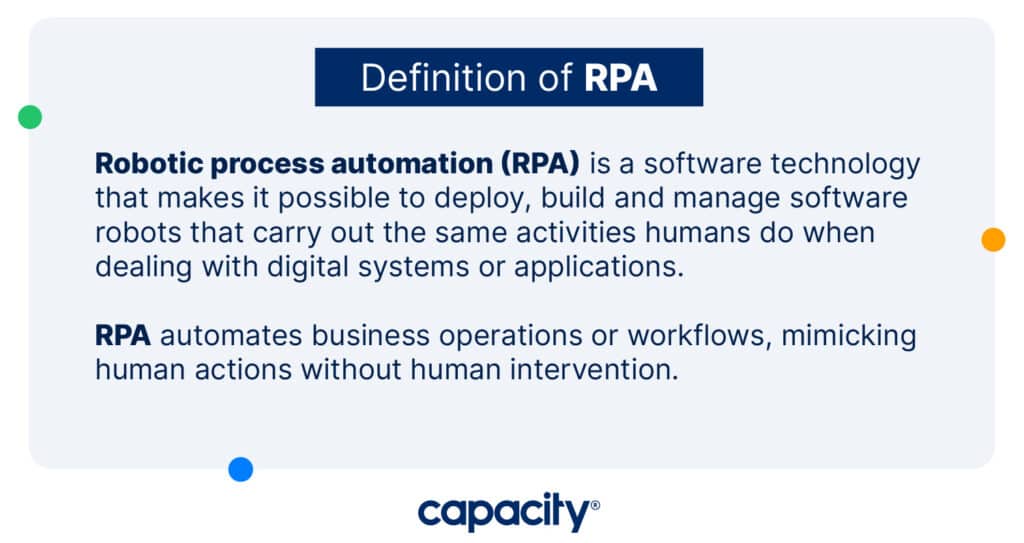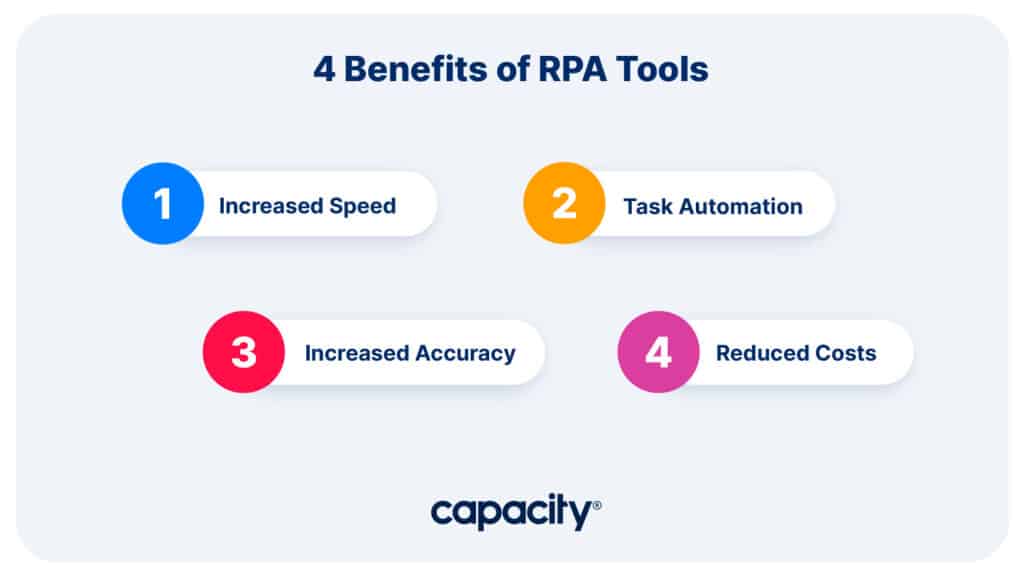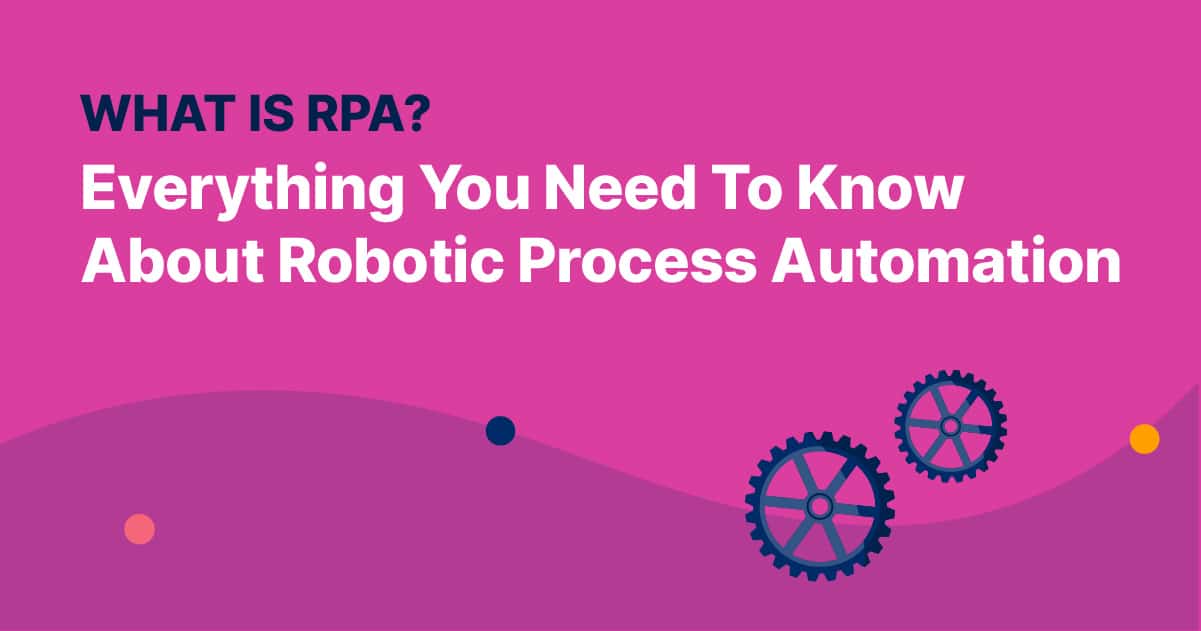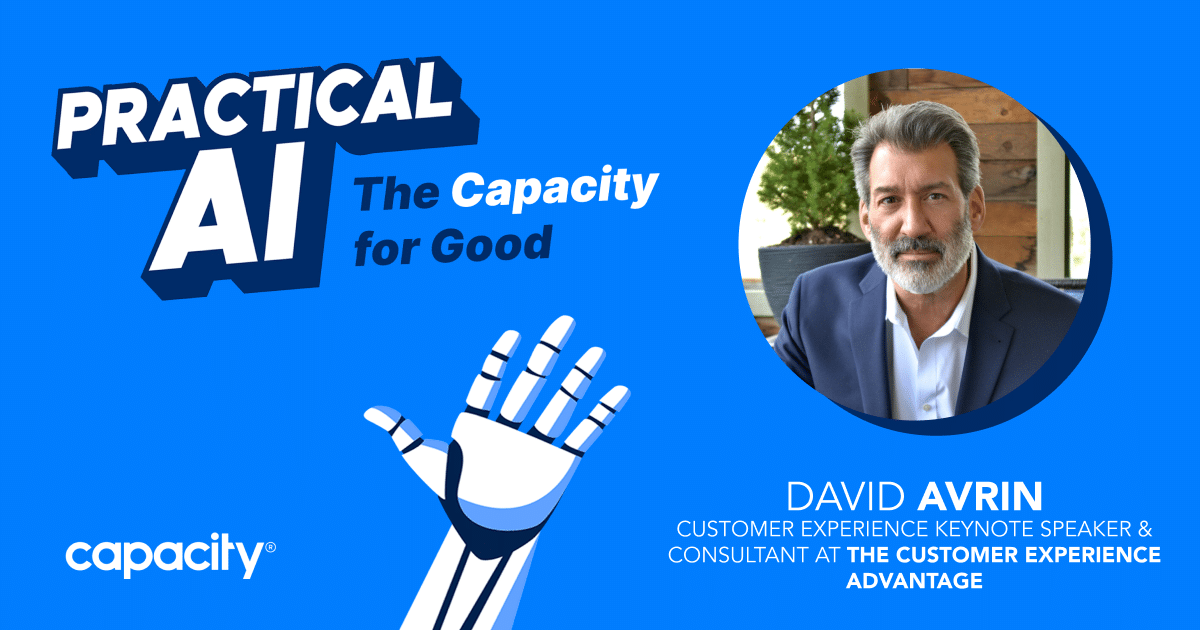Automation technology is everywhere. Joining the ranks of buzzwords like artificial intelligence, machine learning, and cloud computing, RPA (or robotic process automation) is a smokin’ hot topic. And, as they say, where there’s smoke, there’s fire. Organizations worldwide are realizing the benefits of using RPA to reduce the time spent on manual tasks that they can easily automate.
What is RPA?
Before we dive in on it’s (insanely helpful) use, let’s level set and answer the hot button question: What is RPA?
RPA is software that lets you deploy, build, and manage software robots that mimic human tasks. These bots can understand what’s on the screen, fill in the correct keystrokes and then work in the right systems. What’s more, these bots can recognize data and complete predetermined tasks, just like a person would. But unlike humans, they can keep going 24/7.
The bots can also finish tasks way faster than their human counterparts. A lack of fatigue lets them stay laser-focus, avoid human errors, and well, just keep going and going and going. (Anyone else getting Energizer Bunny vibes?)

RPA uses virtual robots to perform automated steps with high precision. They tend to be most successful when they’re tasked with repetitive and at a high volume assignments. So, RPA automates business operations or workflows, mimicking human actions without human intervention.
RPA is like the tool that underpins your favorite movies: scripts. A movie script creates a sequence of events to create a story or contribute to a larger picture. Within the script, some characters interact with each other.
The script tells each character what action they will take, when, and who will take it. Throughout a script, every step has a consequence. RPA can be viewed in a similar context, wherein the script is an automated workflow, and the characters are the workflow’s elements or processes.

Automate Your Work
Capacity’s enterprise AI chatbot can help:
- Answer FAQs anytime, anywhere
- Find relevant documents within seconds
- Give surveys and collect feedback
How does RPA work?
Now that you know the answer to “What is RPA” let’s look at how they work. In an RPA, the bots streamline entire processes—not simply one task. This could be downloading a report from an email, extracting data from that document, and then inserting it into your enterprise resource management system.
RPA works by using robots to automate a sequence of steps. It takes human activities and automates each so that they can complete the same task without any manual input. For example, an RPA tool can take data from one system and put it into another with accuracy and speed. RPA is used for repetitive tasks like data entry, data mining, and other manual activities that increase the risk of errors. RPA tools can be easily programmed to perform several steps in a workflow accurately. By using RPA, you can reduce operational costs, improve productivity, and increase efficiency. It’s an effective automation solution for any business or organization that wants to achieve more with less.

4 Benefits of RPA Tools
Robotic process automation tools offer many benefits to organizations. Here are a few of the best perks:
1. Increased Speed
RPA tools can quickly complete tasks that would usually take a human significant time and effort—so companies realize increases in the speed of execution.
The ability to quickly complete tasks that typically take a human significant time and effort allows companies to stay ahead of their competition and remain competitive in their respective markets. RPA tools help companies achieve this by eliminating the need for manual data entry, allowing them to focus on more strategic activities
2. Automation of Manual Tasks
RPA tools can automate tedious and repetitive manual tasks, freeing employees to focus on more meaningful work.
RPA tools are the perfect solution for automating mundane and repetitive manual tasks. Employees can then focus their energy on more engaging activities. Automating these manual tasks with RPA tools eliminates human errors, increases productivity, and reduces costs associated with labor-intensive manual work. Moreover, it frees up time for employees to focus on more meaningful tasks. This results in better customer service, improved efficiency, and a better user experience.
3. Increased Accuracy
RPA tools are highly accurate and capable of completing tasks consistently and reliably. This then reduce errors and improves your team’s efficiency.
RPA is an essential tool to cut down errors. It can automate mundane and repetitive tasks. And it tools can complete these tasks consistently and reliably, eliminating human error and increasing accuracy. This reduces costs associated with labor-intensive manual work, increases productivity, and provides a better user experience. By using RPA, companies can reduce errors and stay ahead of the competition in their respective markets.
4. Reduced Costs
By streamlining complex processes, RPA tools can reduce costs associated with labor-intensive activities. This leads to improved bottom-line performance and increased ROI. (Win. Win.)
RPA tools reduce costs by automating manual tasks and improving efficiency. By using RPA, you can reduce errors and save time on mundane and repetitive tasks, letting them focus their energy on more strategic activities.

Automate Your Work
Capacity’s enterprise AI chatbot can help:
- Answer FAQs anytime, anywhere
- Find relevant documents within seconds
- Give surveys and collect feedback
Workflow automation vs. RPA
There appears to be some confusion between robotic process automation and workflows for many organizations. While companies continue to invest in both AI and automation, it’s important to distinguish RPA from workflows.
In the digital era, RPA is a rebranding of workflows, business process management (BPM), and business process automation (BPA). Like BPM, BPA, and workflows, RPA helps make the workplace more efficient.
Workflow automation focuses on streamlining tasks that require manual intervention, like document processing and data entry. On the other hand, robotic process automation is a form of software development that uses virtual robots to carry out automated tasks with high accuracy and precision, such as customer segmentation or billing. Workflow automation is designed to make the workplace more efficient, while RPA focuses on automating repetitive processes prone to human errors. Ultimately, both methods lead to increased productivity in the workplace and can be used together for maximum efficiency.
RPA automation + Capacity
Capacity is the best platform for robotic process automation because it offers a powerful and cost-effective way to automate tedious tasks. With its cutting-edge technology and intuitive user interface, Capacity makes it easy to set up automated workflows tailored to specific needs.
3 out of 4 executives plan to implement AI and RPA technology within the next 6 months.





